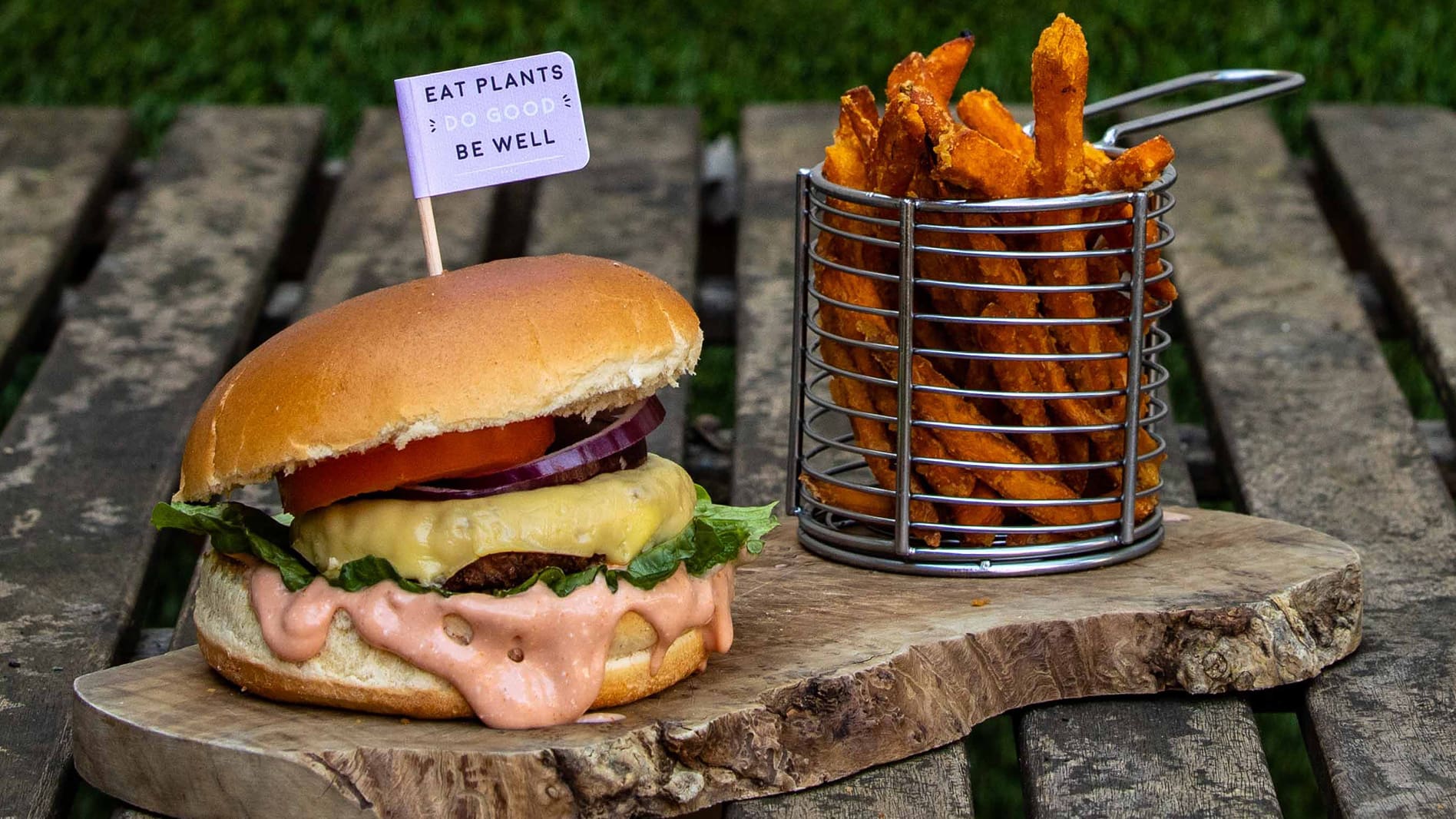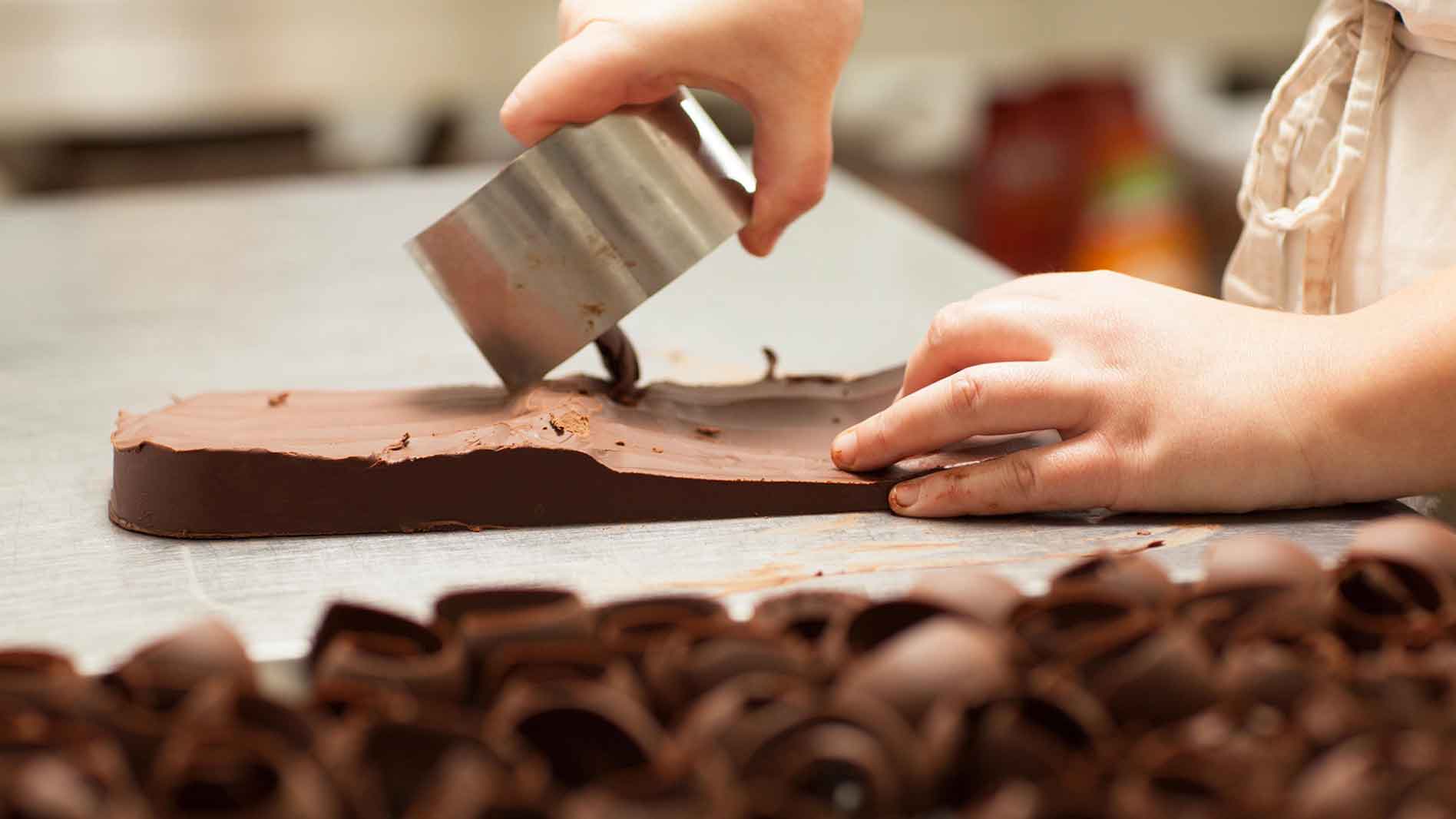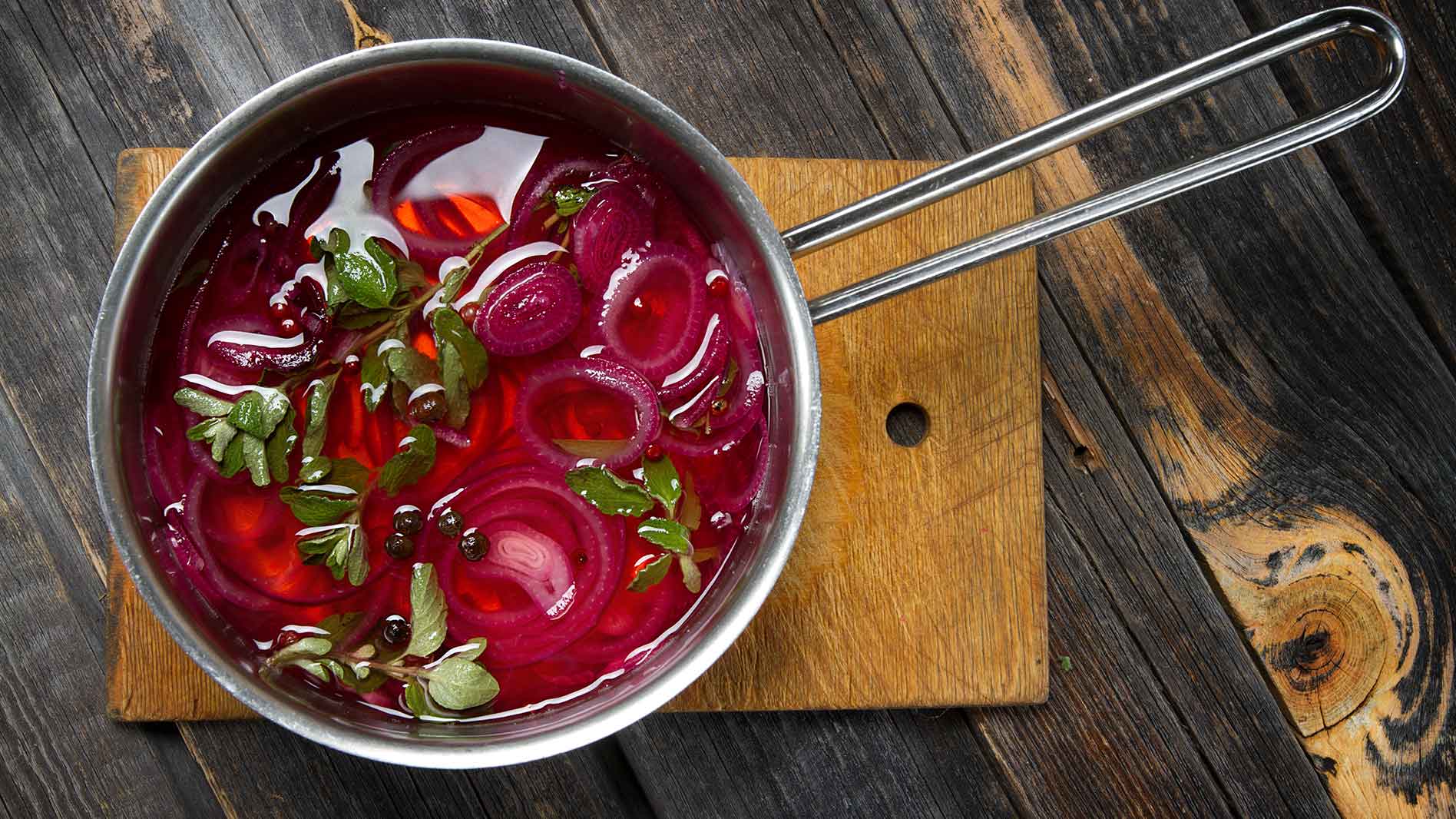
Vinegar is one of the most versatile products in the pantry that has been used as a condiment for over 5,000 years. Coming in eight different varieties, its rich, tangy taste allows it to be used across the menu as a dressing, marinade or pickling solution, making it a favourite for chefs.
While vinegar is renowned for being a cooking ingredient, it also has some surprising uses outside of the kitchen. From cleaning and disinfecting floors to treating sunburn and killing weeds or overgrown grass, vinegar is a product that can do basically anything. So, what exactly is vinegar? Vinegar contains acetic acid that is obtained by fermenting diluted alcoholic liquids from either wine, cider, or beer. It’s the perfect ingredient for healthy, light-style cooking within the kitchen as the tangy taste reduces the need for additional salt, especially in soup and bean dishes.
Along with the reduction in salt, vinegar also allows you to cut back the fat quantity from certain dishes, as it eliminates the need of butter or oil. And as more vinegar becomes more popular within the kitchen, more types and flavours are being produced and sold, each with its own unique use. To save you time in the kitchen, we’ve uncovered the vinegars that are currently making waves throughout kitchens across Australia and where they work best on your already established menu.
White Vinegar:
What is it made from:
White vinegar is the most popular vinegar option that is used across the kitchen in a number of ways. White vinegar is made of acetic acid and water, which produces the famous crisp, tangy taste. The acetic acid is formed as the result of the fermentation process of the vodka spirit distilled from grain, according to Bon Appetite.
Best for:
- Pickling fruits and vegetables;
- Salad dressings;
- Condiments;
- Poaching eggs.
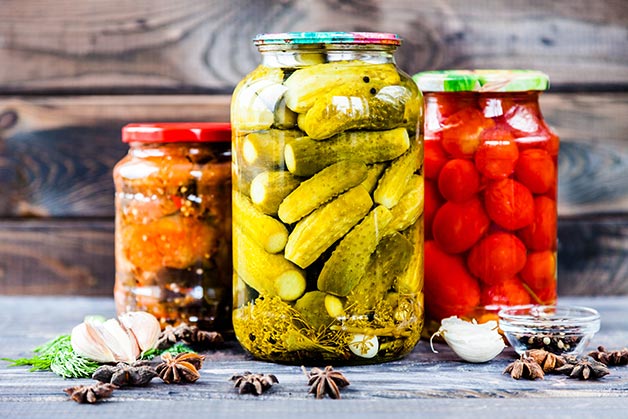
Balsamic Vinegar:
What is it made from:
Unlike other vinegars on the market, balsamic vinegar isn’t made from fermented alcohol, instead, it’s produced from pressed grape juice that has aged in wooden casks like wine. Balsamic vinegar is an Italian classic that offloads a sweeter flavour and thicker, darker consistency compared to other vinegar solutions.
Best for:
- Roasted vegetable seasoning;
- Drizzled on goats’ cheese;
- Astringent foods such as spinach and strawberries;
- Glazing meats;
- Drizzled on fresh fruits and vegetables;
- Combined with olive oil for a salad dressing.
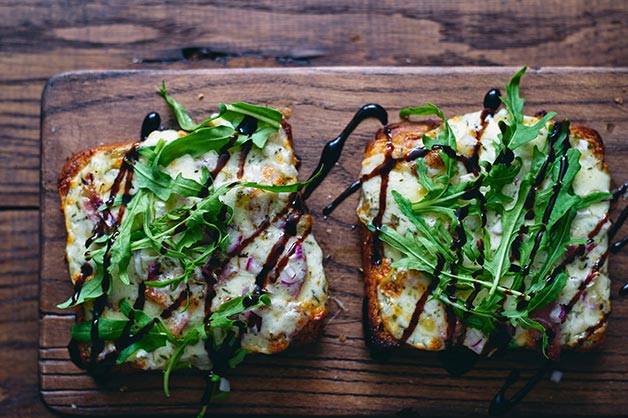
Red & White Wine Vinegar:
What is it made from:
It’s all in the name – wine vinegar is made from the natural grape juices that are produced for wine. The process to formulate wine vinegar involves using small barrels that are partially filled with grape juice. This step allows for the circulation of air and wild yeasts to develop, producing the vinegar content.
Best for:
- Red wine and white wine vinegar: salad and salsa dressings, as well as fruit seasoning;
- Red wine vinegar: marinade for red meat and pickled onions;
- White wine vinegar: marinade for fish, chicken and coleslaw dressing.
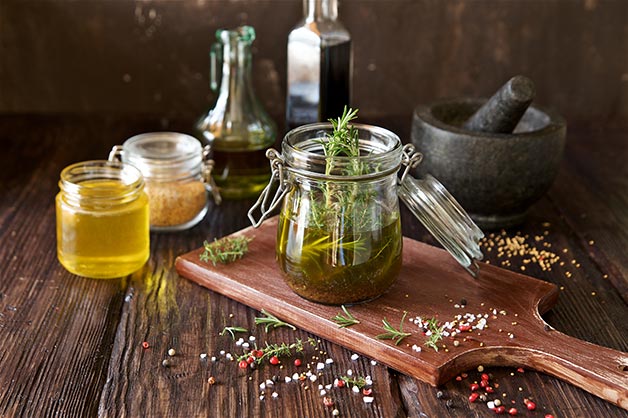
Apple Cider Vinegar:
What is it made from:
Made from pressed apples that are fermented into alcohol before turning into vinegar – apple cider vinegar is currently the market’s hottest product with some consumers drinking the tart liquid as part of their morning routines. This style of vinegar has a strong, sharp fruity flavour with a light tart after-taste.
Best for:
- Fresh salad dressings;
- Marinade for chicken or fish;
- Pickling solutions;
- Condiment and chutney ingredient;
- Substitute for rice vinegar.
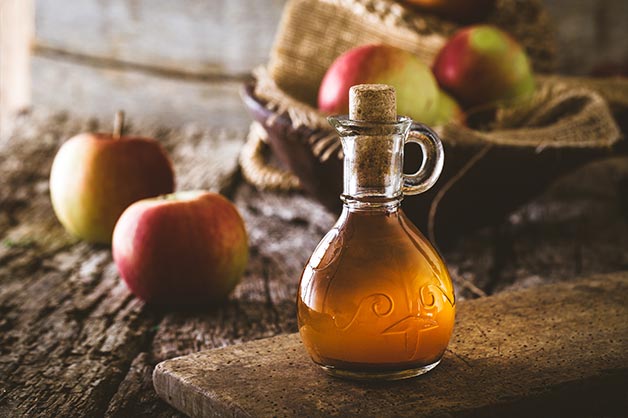
Malt Vinegar:
What is it made from:
Malt vinegar is made from malted barley, which is brewed into beer before being fermented into vinegar. Cornwells Malt Vinegar is naturally brewed from ale. Its versatility and strong flavour are a great addition to any kitchen pantry.
Best for:
- Picking solution for onions and watery vegetables, such as cucumber;
- Create sauces, dressings and chutney;
- Drizzling sauce for fish and chips.
Rice Vinegar:
What is it made from:
Used commonly in Asian-infused dishes, rice vinegar is made from the sugars found in rice that has been aged and filtered. The final product has a mild, clean and delicate flavour that compliments the spices of ginger and cloves. Compared to other vinegars, rice vinegar is less acidic and has an overall sweeter taste.
Best for:
- Japanese and Chinese cooking;
- Sushi rice;
- Stir fries;
- Combination dipping sauce with soy sauce, mirin, sweet rice wine or mustard.
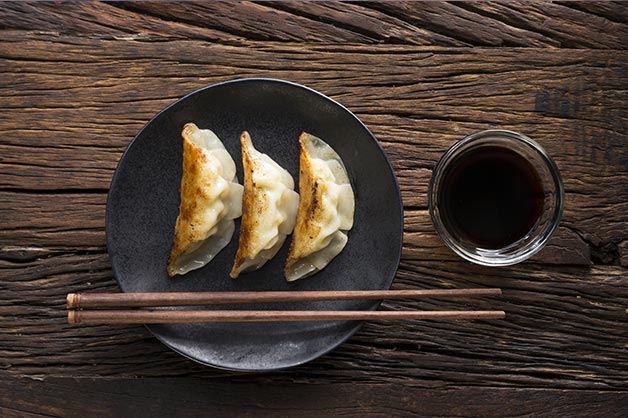
Sherry Vinegar:
What is it made from:
This Spanish vinegar is produced by fermenting a fortified wine. Following the fermenting process, the liquid is then aged in oak barrels for six months to form the sherry vinegar. The final product offers a deep savoury flavour, making it one of the more complex flavoured vinegars available.
Best for:
- Deglazing meats;
- Pan sauces;
- Soups.
Black Vinegar:
What is it made from:
Black vinegar is typically sold as a Chinese vinegar that is made from glutinous rice, sorghum, peas, barley, bran and chaff. It has a deep, smoky flavour and is most popular in northern China as a dipping condiment. This product is rarely seen in everyday kitchens due to its cooking limitations.
Best use for:
- Chinese dessert cooking;
- Dipping sauce for dumplings.
Conclusion:
While vinegar is a popular staple product that can be found in all kitchens across the country, there are many options available. From traditional white vinegar to wine vinegar and rice vinegar, each has its own place on the menu thanks to their unique flavour offerings and applications. That’s why pairing the right vinegar with the right foods or products is important because it will either enhance your dish for the better or ruin it completely.




